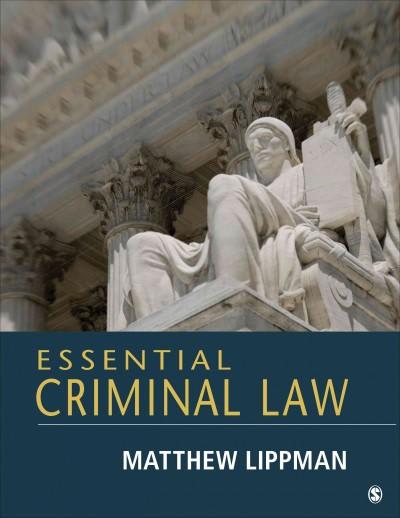Question
2.After reviewing the Woodman and Hamill decisions, think about how you would answer the following questions to reinforce your understanding of parents versus minors' rights:
2.After reviewing the Woodman and Hamill decisions, think about how you would answer the following questions to reinforce your understanding of parents versus minors' rights: How far should parental rights extend regarding decision making for one's children? Is there a need to protect minors even from the actions of parents, as the Woodman decision implied? Or should we empower parents to make this type of decision for children, just as we allow parents to make many other decisions for their offspring?
In July 2004, a 15-year-old attendee at a horse camp fell off one of the defendant's horses and broke her arm. The plaintiff sued for negligence and gross negligence, arguing that one of the defendant's wranglers had inappropriately saddled the horse she rode. Before she attended the camp, the plaintiff's parents had signed a waiver. The district court granted the defendant's motion for summary judgment on the two negligence claims, ruling that although the plaintiff was a minor, the waiver barred her claims and that there was no gross negligence as a matter of law. holding the Colorado appellate court affirmed the lower court and upheld the waiver.RATIONALEThe primary issue before the court was whether parents can bind their child to a waiver of liability.
In 2002, the Colorado Supreme Court held that it was against public policy for parents to prospectively waive liability on behalf of minor children. The following year, the General Assembly superseded that case by enacting section 13-22-107(3), C.R.S. 2010, which allows parents to "release or waive the child's prospective claim for negligence." The statute declares "that parents have a fundamental right to make decisions on behalf of their children, including deciding whether the children should participate in risky activities."
The statute states that "[s]o long as the [parent's] decision is voluntary and informed, the decision should be given the same dignity as decisions regarding schooling, medical treatment, and religious education" ( 13-22-107(1)(a)(V)). Relying on the "informed" language of the statute, the plaintiff asserted that the defendant's failure to identify the possibility that she might fall from a horse in the manner she did invalidates her mother's consent. The court noted, however, that the fact that the plaintiff's mother may not have contemplated the precise mechanics of her daughter's fall does not invalidate the release and does not create a genuine issue of material fact. She knew her daughter would be riding horses and she was advised that there were risks, known and unknown, associated with the activity. The court emphasized that the plaintiff's mother acknowledged in her deposition testimony that when horseback riding, there is "a risk of a child being thrown or falling off a horse."
The plaintiff's argument that her mother did not give informed consent, despite her signature on the agreement and the language in the agreement indicating the contrary, is not persuasive and does not create a genuine issue of material fact. As a matter of law, the agreement sufficiently informed the plaintiff's mother about the risks involved in horseback riding.
As the Woodman and Hamill cases show, courts are divided about the nature of the parent-child relationship and how much discretion should be vested in a parent to give up a child's right to sue. The Woodman case reflects the position of most courts and some commentators (Bittakis, 2012) that public policy should protect minor children against possibly unwise decisions by parents. The Hamill case, representing the minority position and using the Colorado statute, presumes that parents will act in the best interests of their children, even in this type of situation.
Step by Step Solution
There are 3 Steps involved in it
Step: 1

Get Instant Access to Expert-Tailored Solutions
See step-by-step solutions with expert insights and AI powered tools for academic success
Step: 2

Step: 3

Ace Your Homework with AI
Get the answers you need in no time with our AI-driven, step-by-step assistance
Get Started


